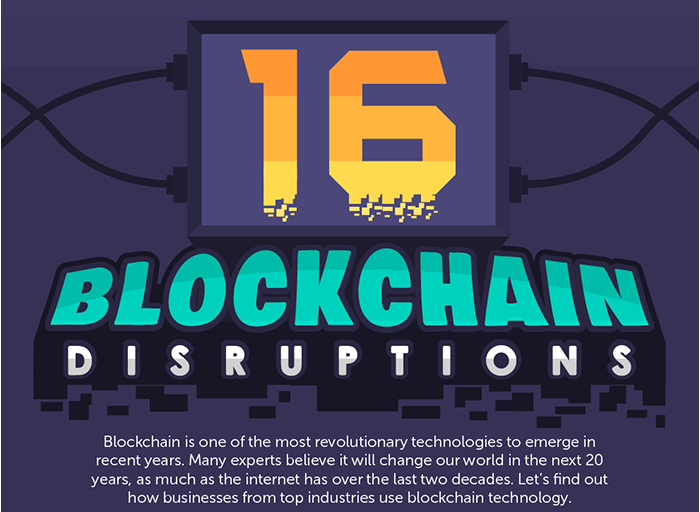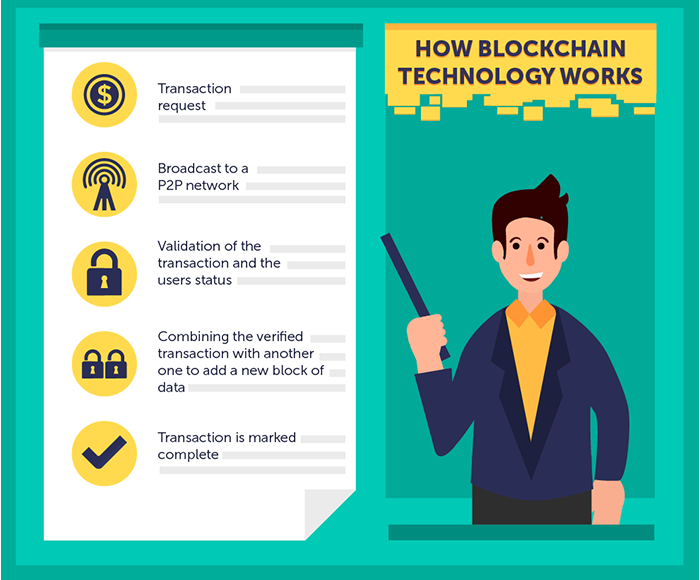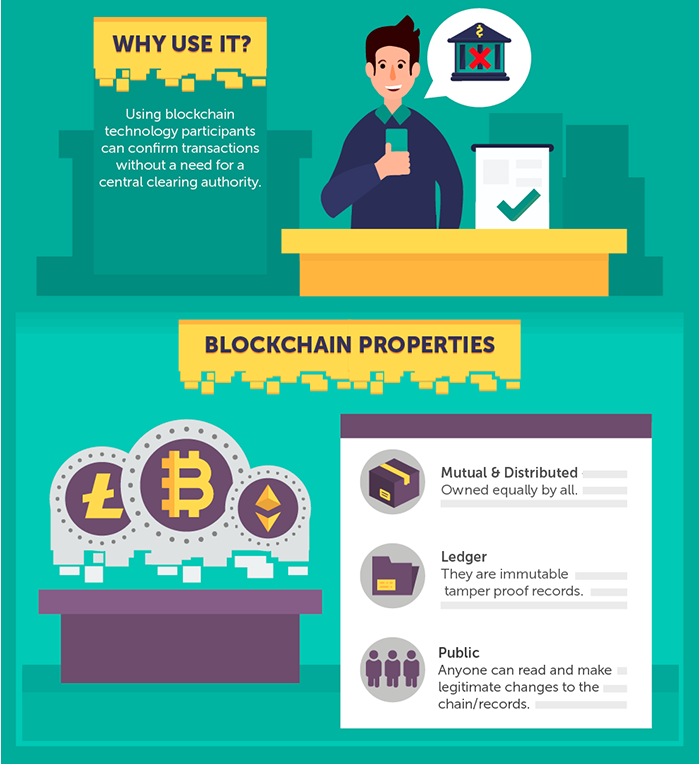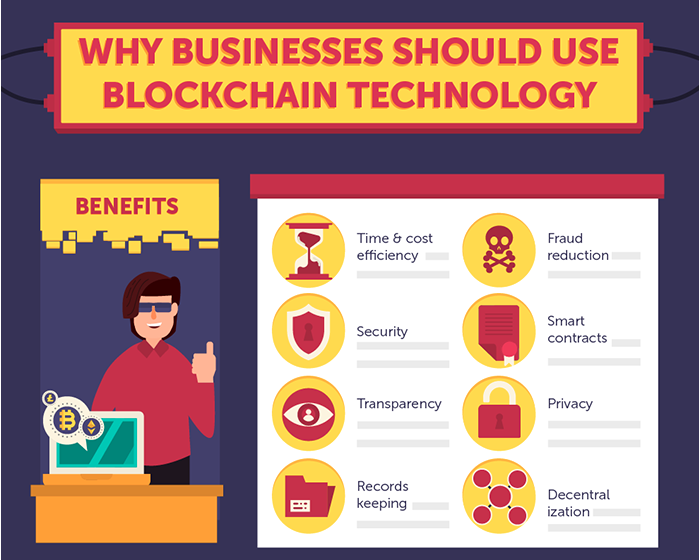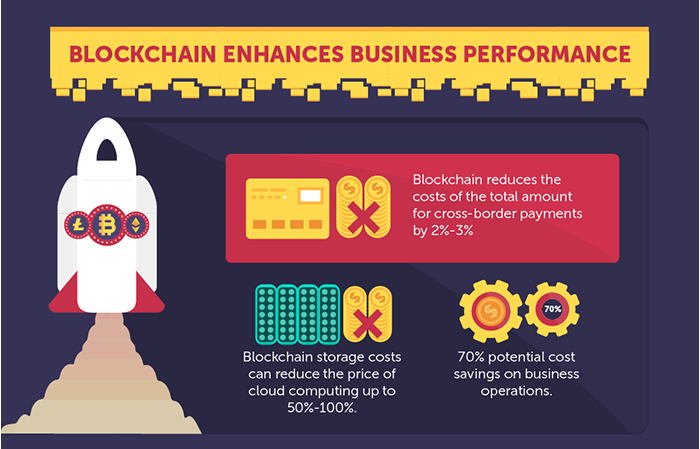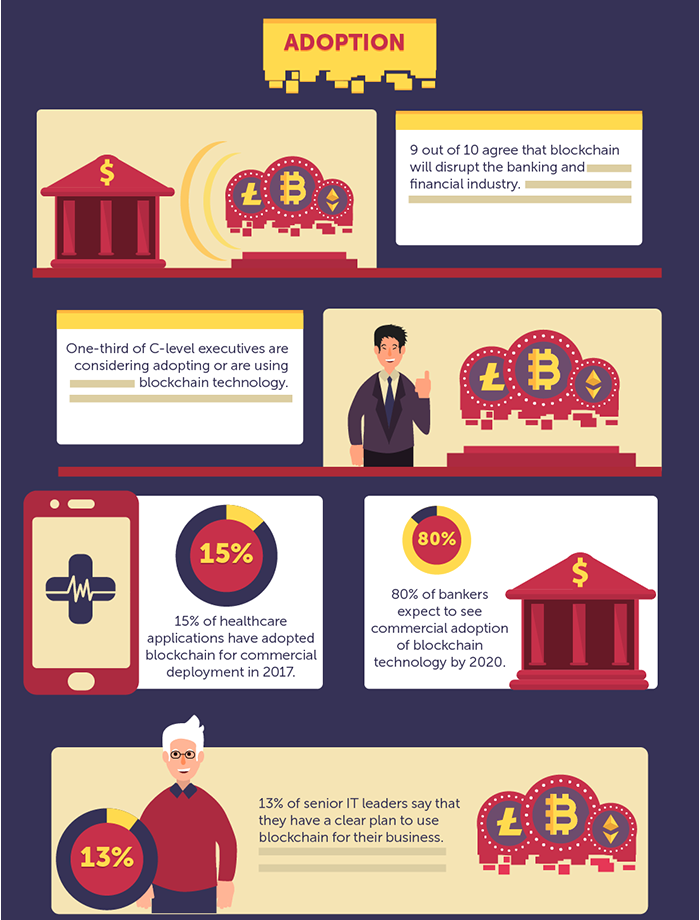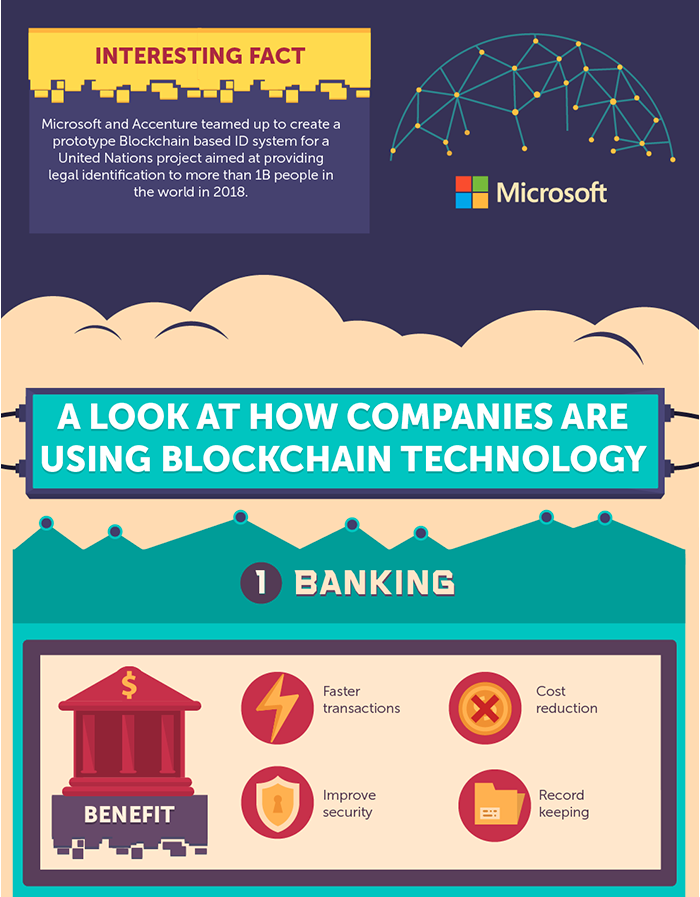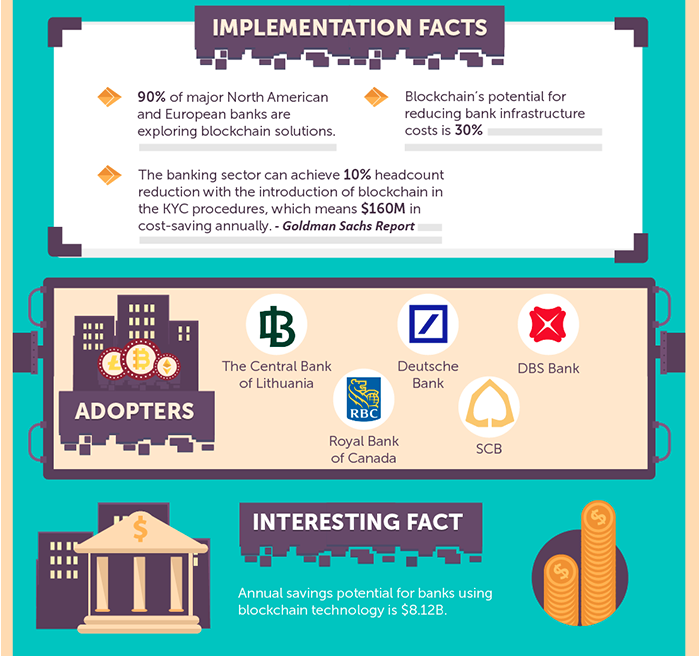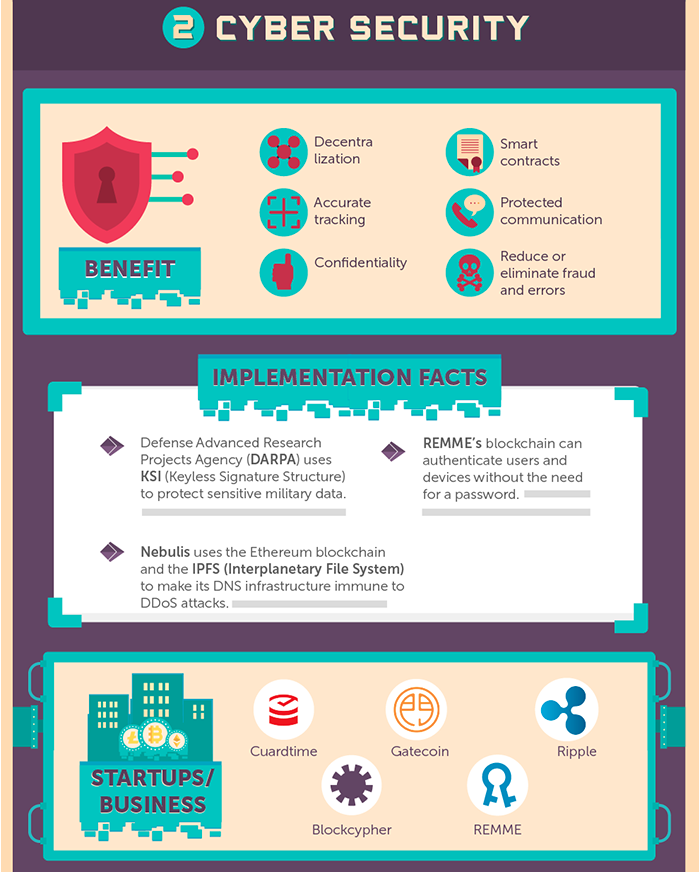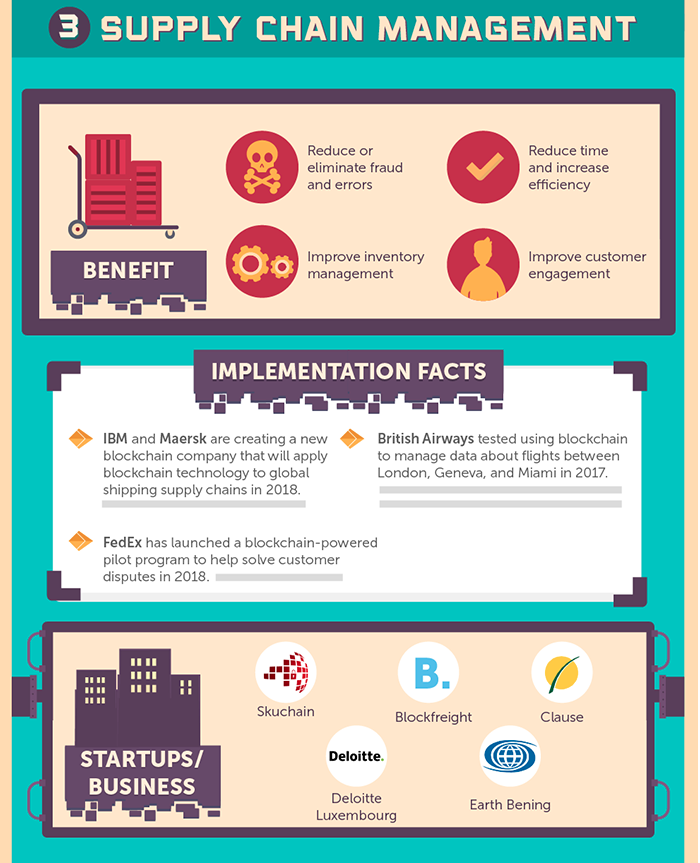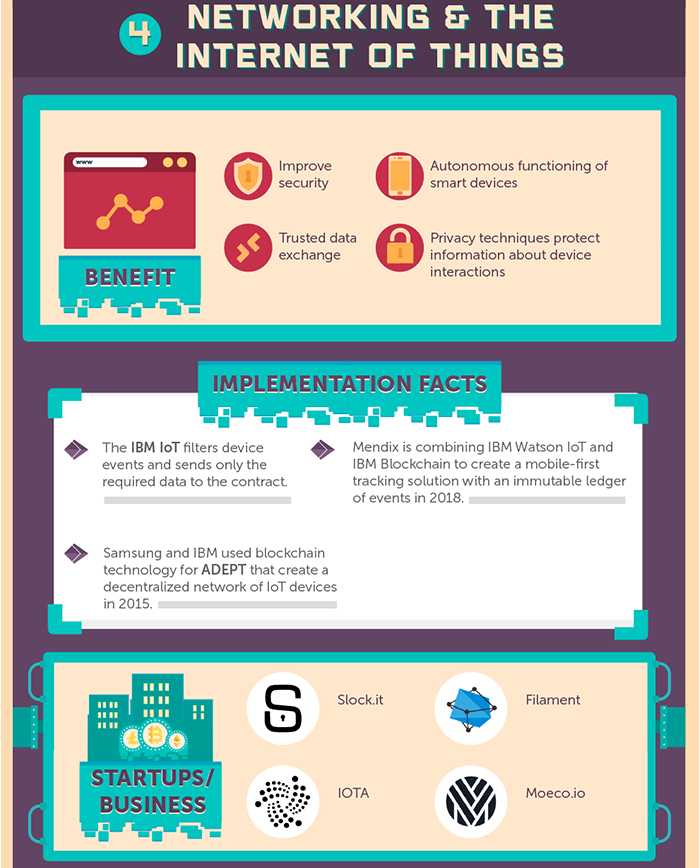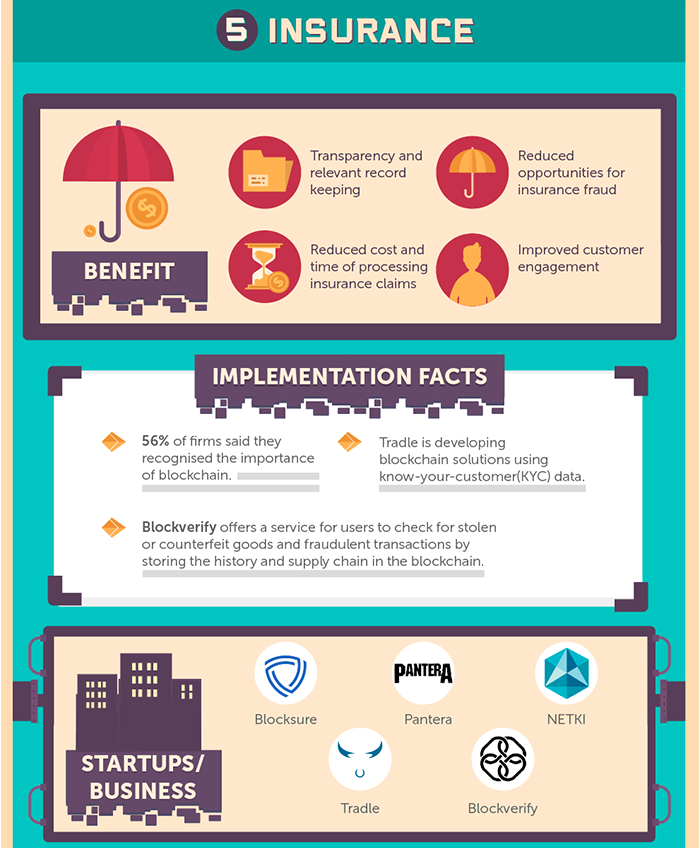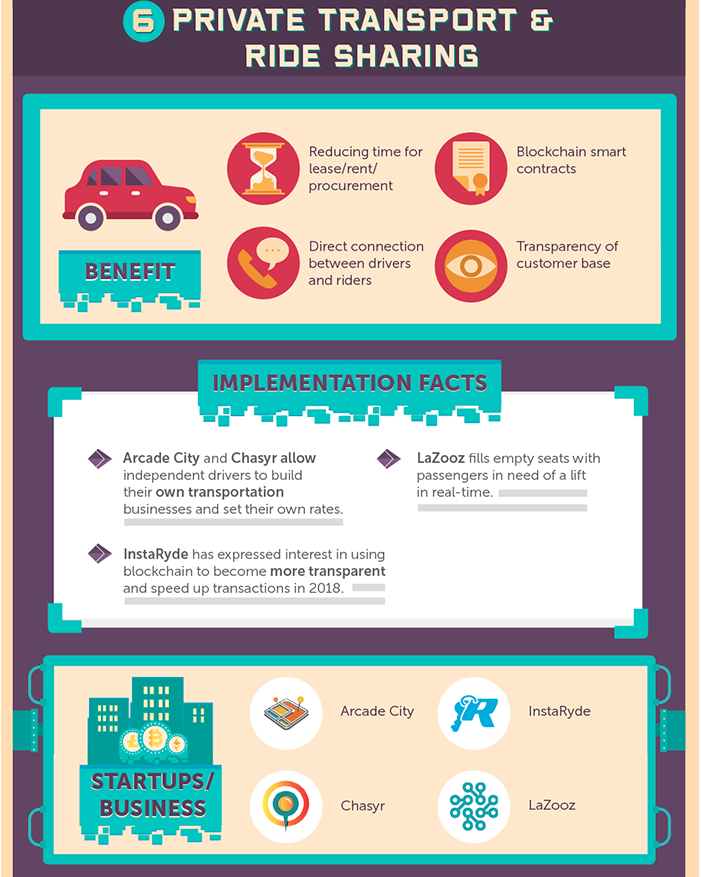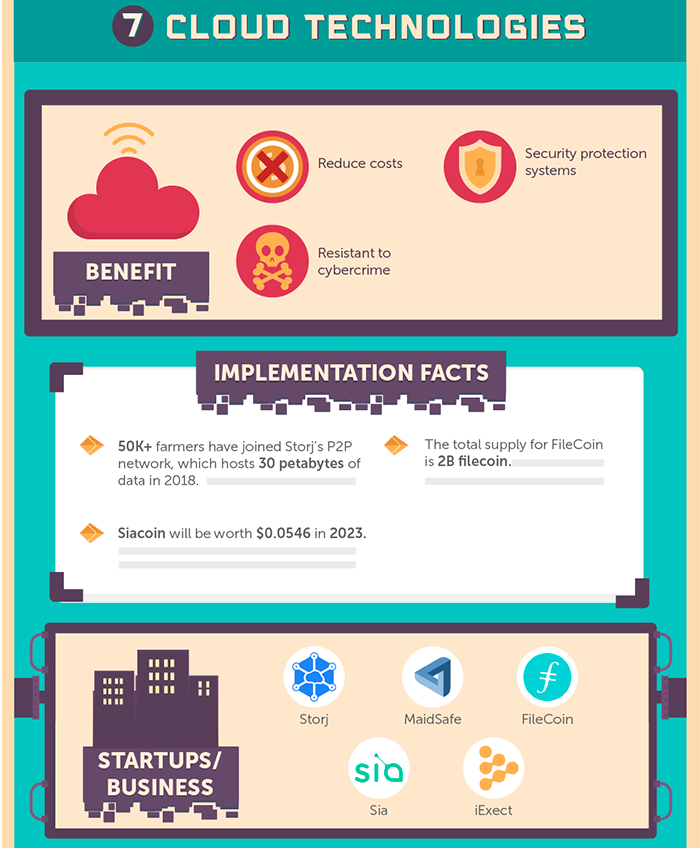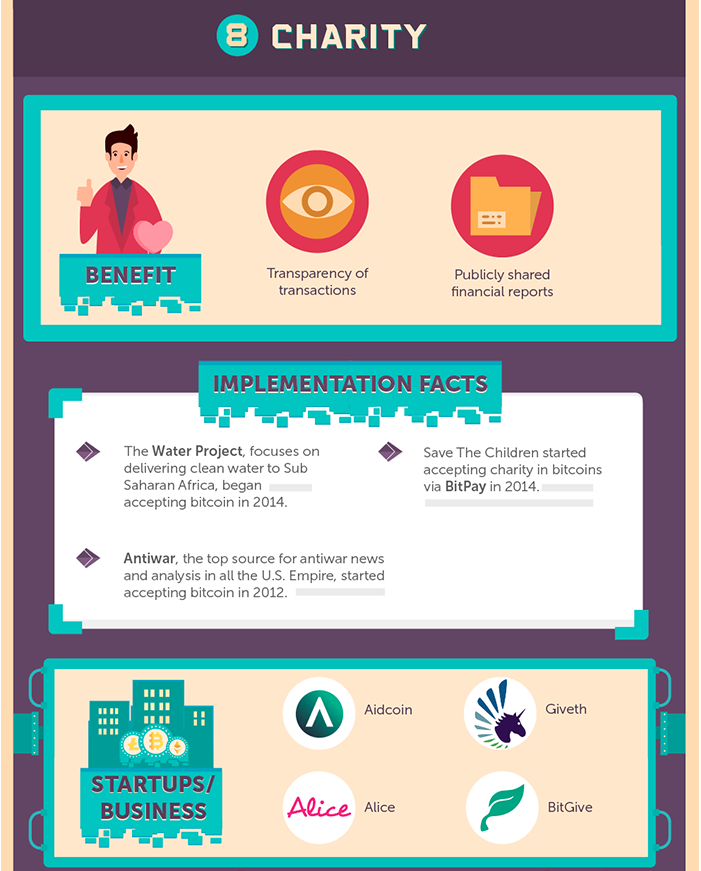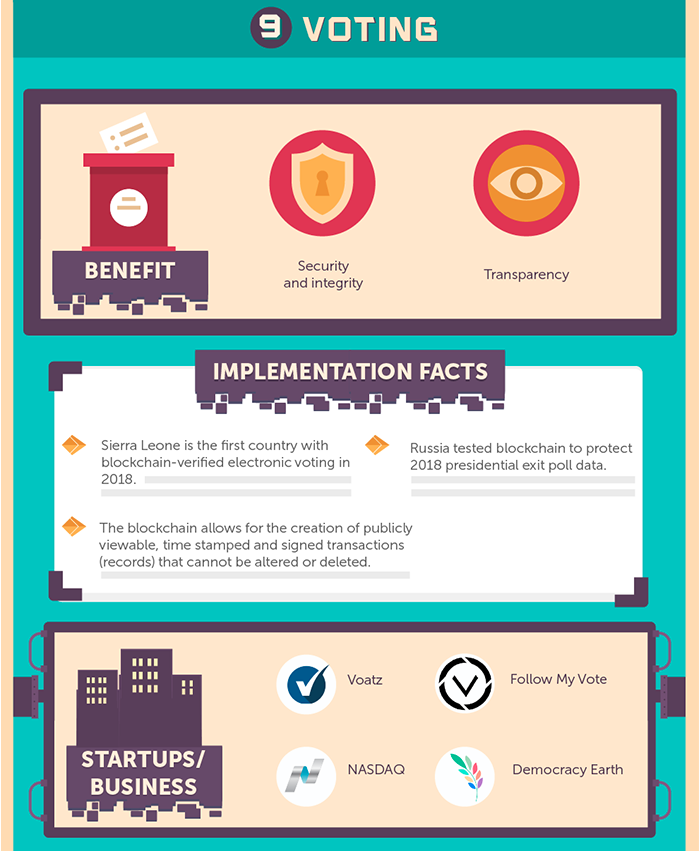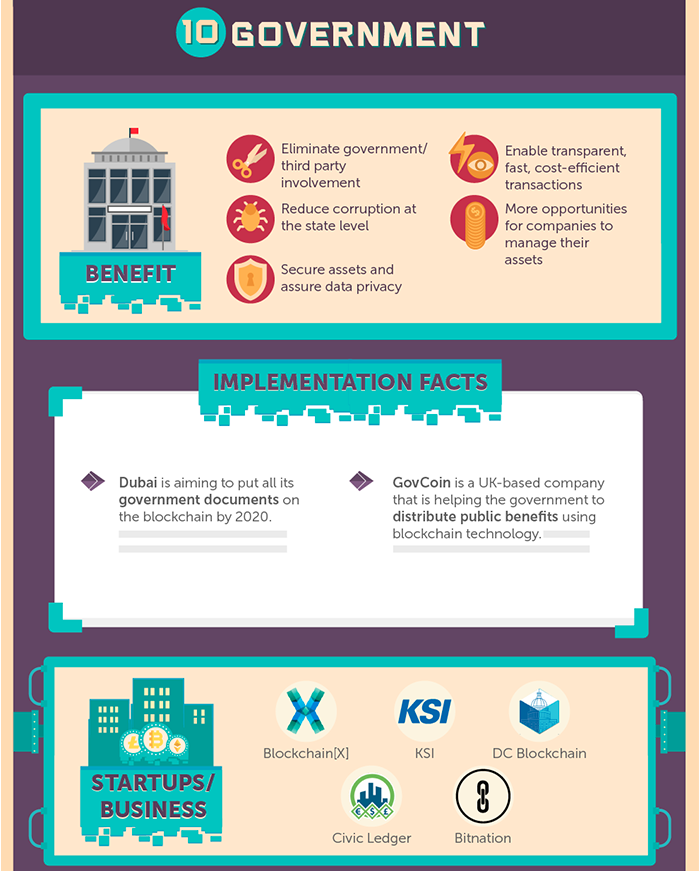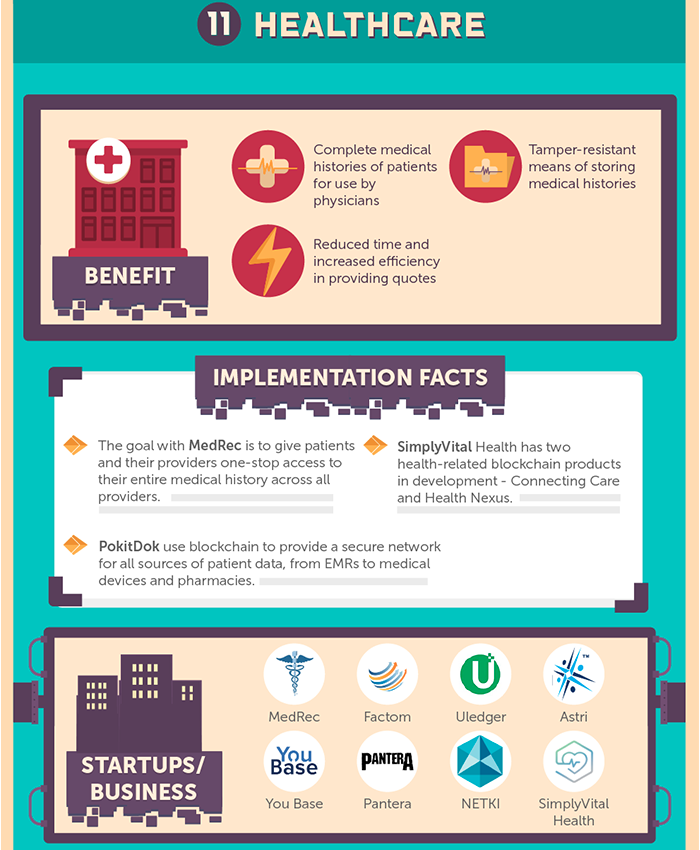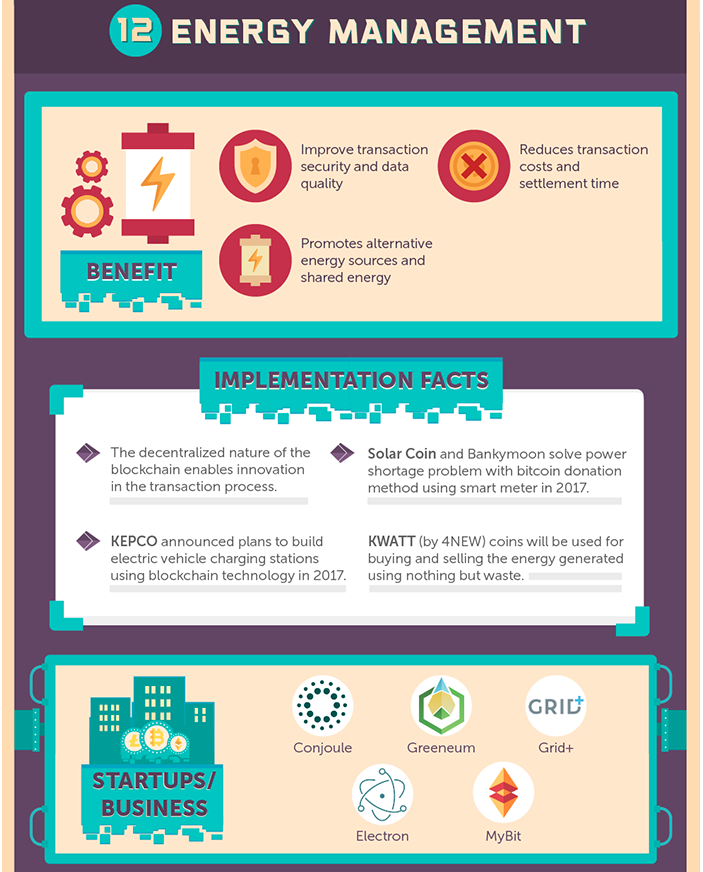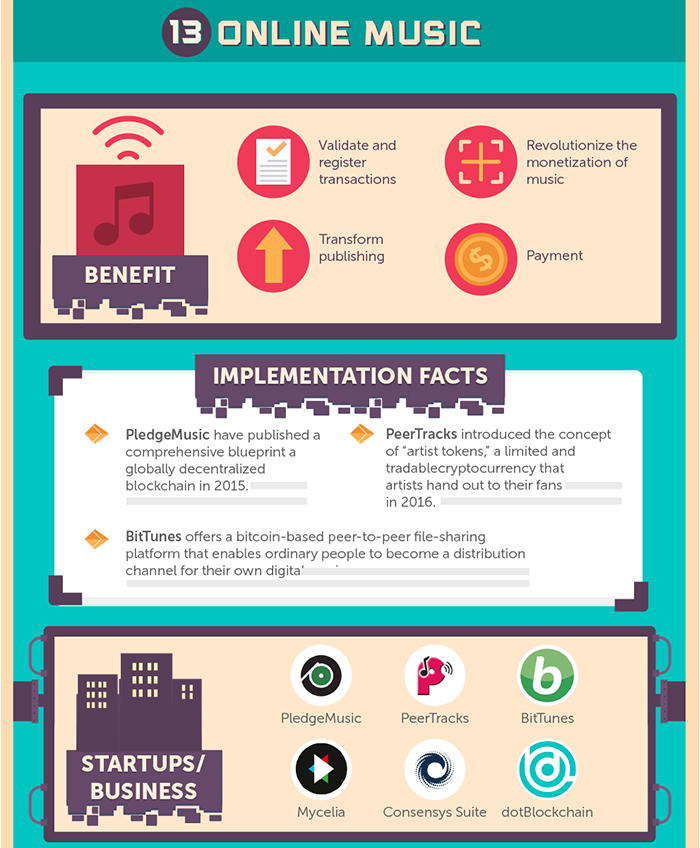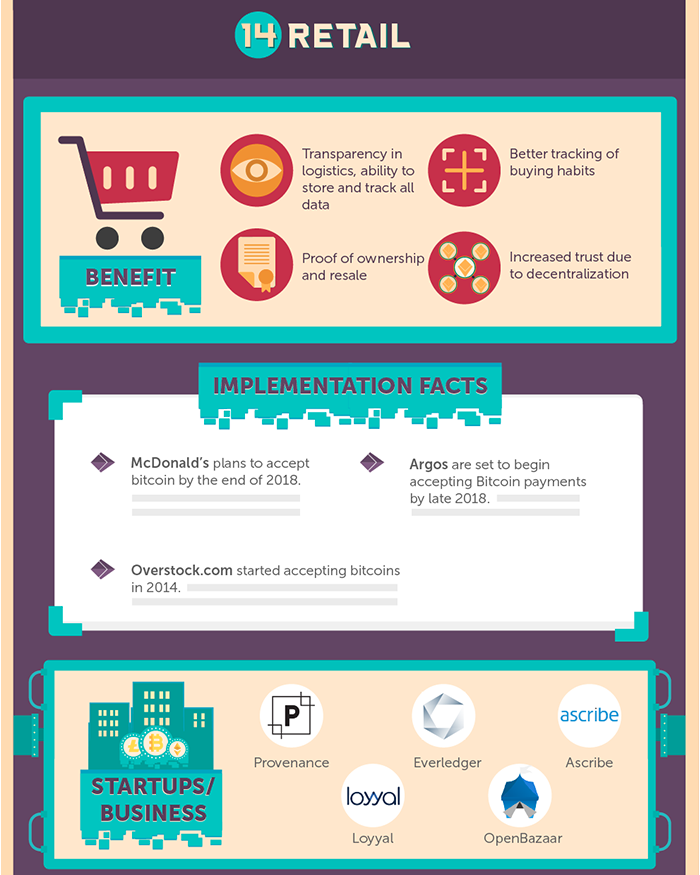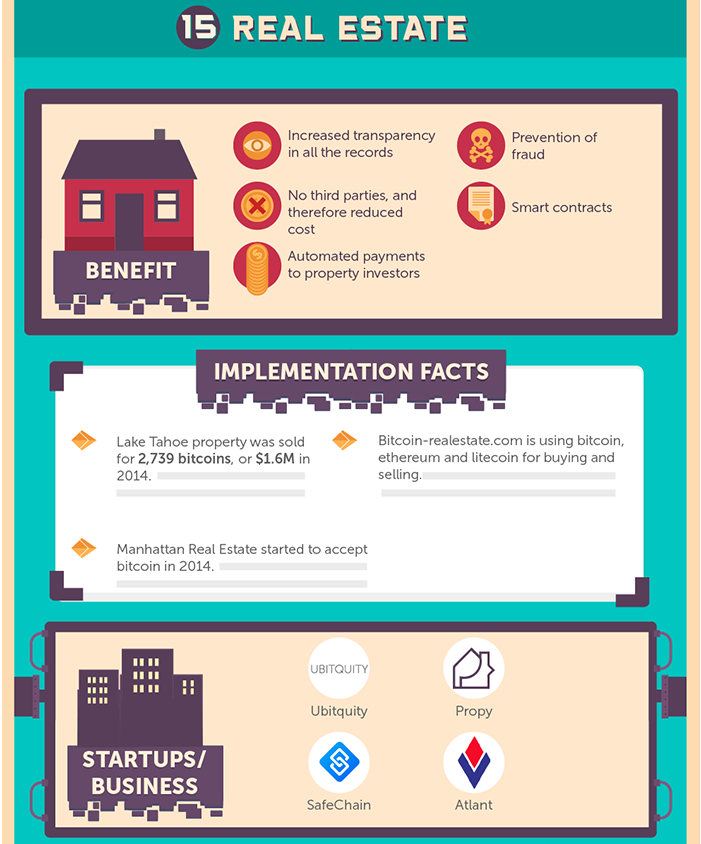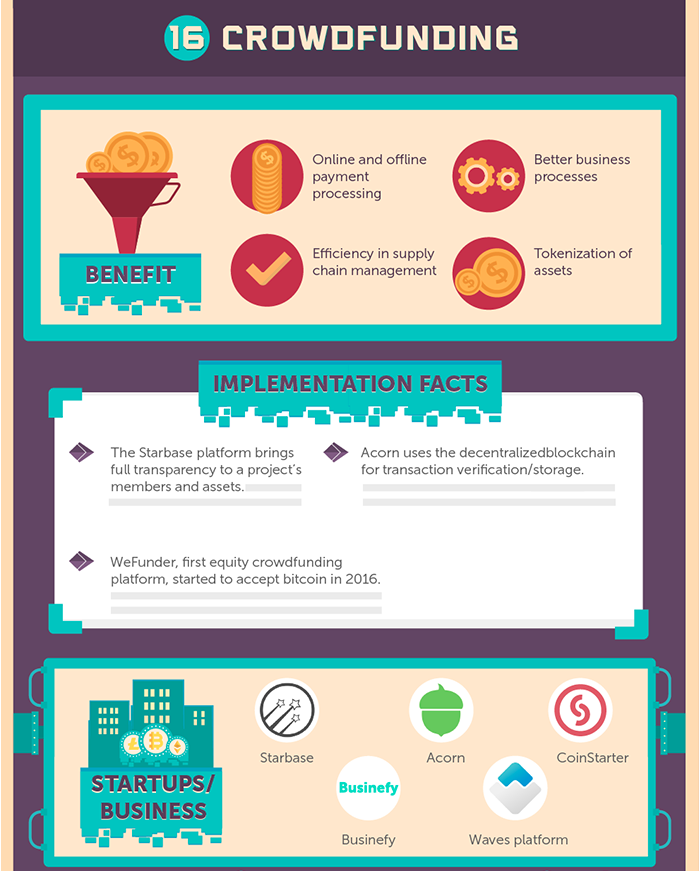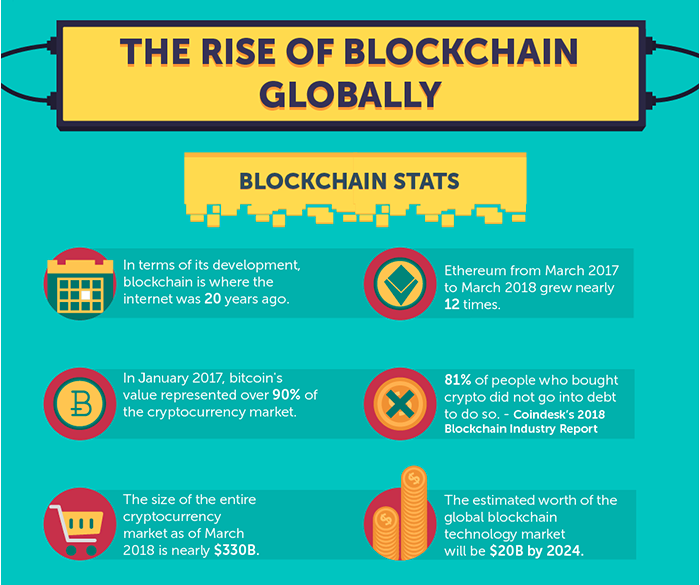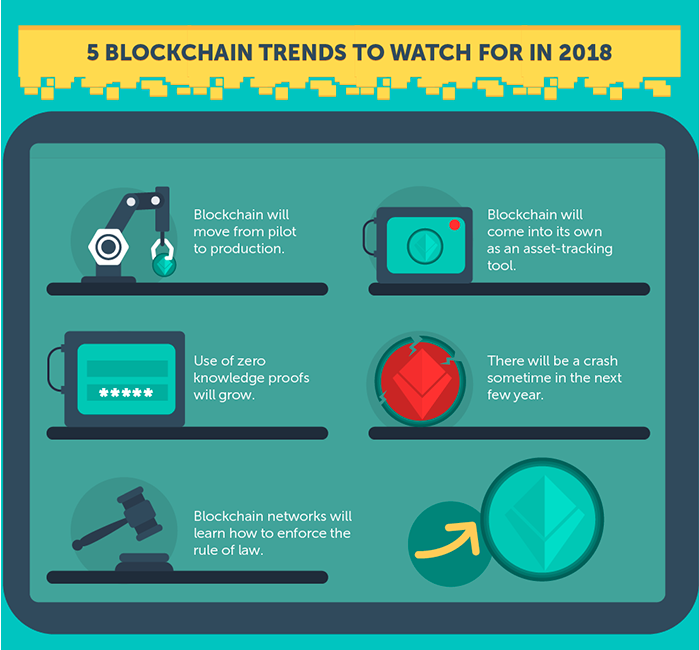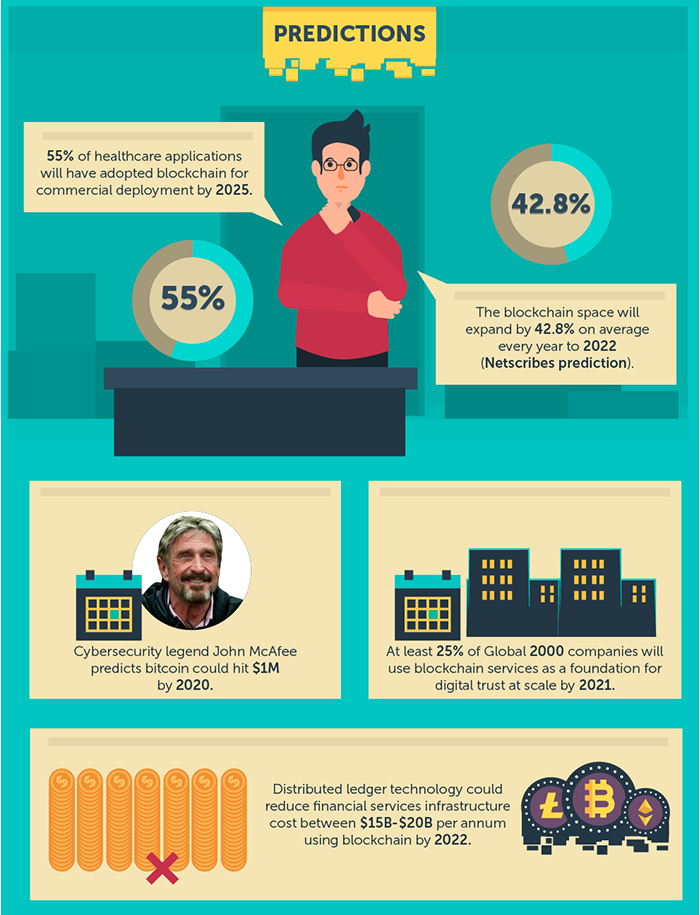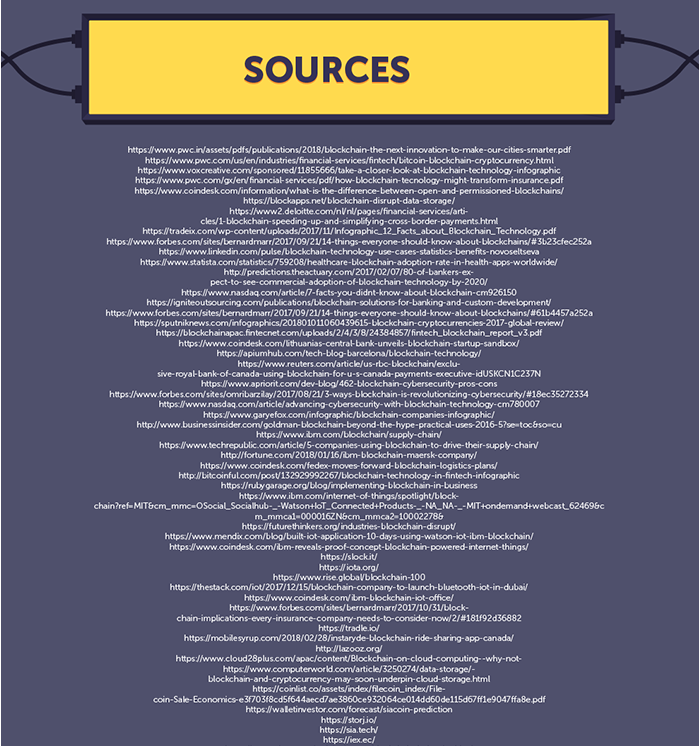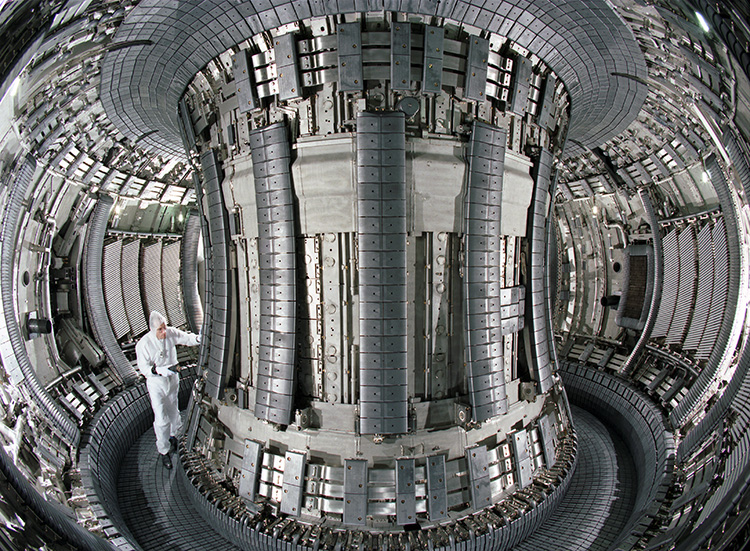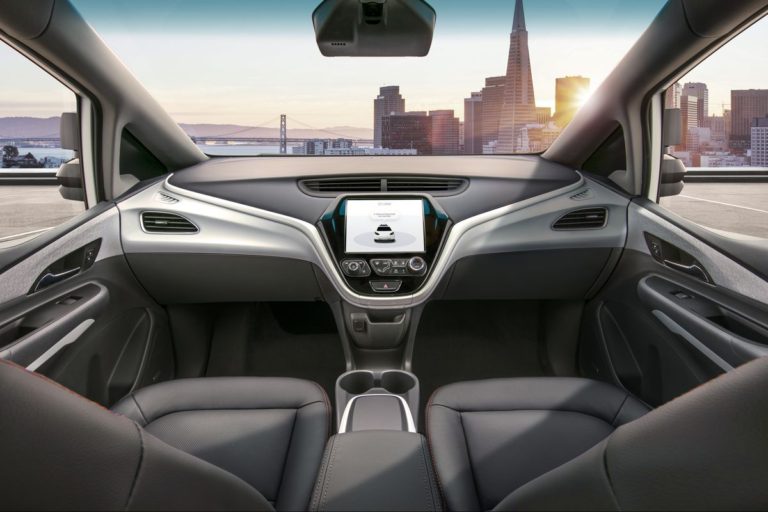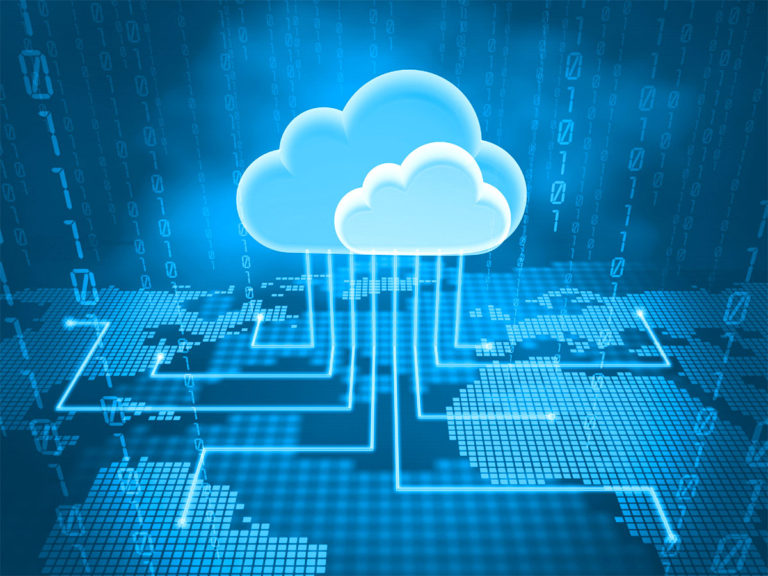In a recent blog post by RSM, blockchain technology was described as being ‘too powerful to ignore’. Although the benefits of blockchain technology are undeniable, we’re yet to see many practical applications in modern workplaces. As a result, in this post, we will consider whether blockchain really is too powerful for businesses to ignore.
Why Hasn’t Blockchain Technology Been Widely Applied?
Despite the perceived excitement from many about the impact blockchain technology could have, there remain a number of reasons why companies have not wholeheartedly embraced the technology.
This is largely due to the complexity of the technology itself. This is because blockchain technology isn’t something that most businesses can just plug into their existing systems and processes. Instead, it forces businesses to reimagine them from scratch. This makes adoption of blockchain very labor intensive for businesses.
In addition to this, the adaptation of GDPR within the EU has also created some complex regulatory issues for blockchain advocates, particularly the ‘right to be forgotten’. The successful resolution of this issue could be central to ultimately deciding whether businesses wholeheartedly embrace blockchain technology in the near future.
Why Are Businesses Considering Blockchain?
However, the sheer power of blockchain means that many businesses are still looking to embrace it. Its power to circumvent traditional market intermediaries is its main power, as it allows businesses to operate on fully encrypted, self-governing networks.
If blockchain technology finds a way to function within the GDPR restrictions, it would allow middle market businesses to operate without the need for intermediaries, helping to save them both time and money. Indeed, it could revolutionize the way that small businesses not only operate with each other but with their customers, too.
At present, large technological institutions such as IBM are looking into ways to commercialize blockchain technology, hoping to discover a way where it will not only be workable for businesses but also scalable, helping to keep middle market businesses competitive in global supply chains. If your business operates abroad, then blockchain could be the future of frictionless trade across borders.
Conclusions: Too Powerful to Ignore?
With significant amounts of corporate activity already geared towards the adoption of blockchain technology, it is important that your business begins to consider the practical applications of the technology. If not, you may risk being left behind by your competitors.
However, the wide-scale adaptation of blockchain technology does not appear to be imminent. So, although your company should not be ignoring it, you should also look at shorter-term improvements you could make to streamline processes.



